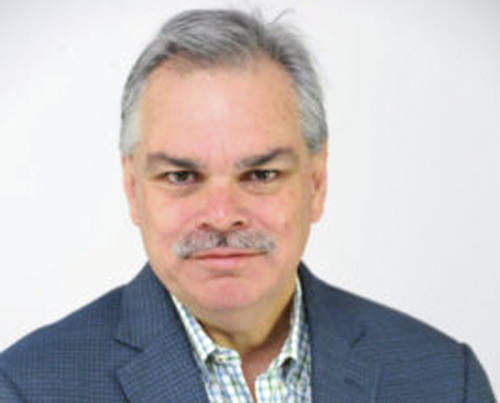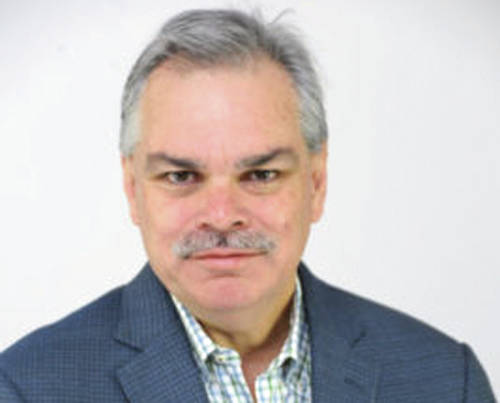

GREENVILLE — The Garst Museum and National Annie Oakley Center welcomed guest speaker William Trollinger from the University of Dayton on Sunday.
Trollinger delivered a presentation on the history of the Ku Klux Klan in the Midwest during the 1920s.
Having virtually disappeared during the late 19th century, the Klan experienced a resurgence in the early ’20s, boasting about 5 million members at its peak. While the Klan initially targeted newly freed slaves, it soon began taking aim at immigrants, Jews and Catholics as well. Its largest areas of influence also shifted from the South to the West and Midwest.
Ohio may have had more members than any other state, according to Trollinger, with an estimated 400,000 men and women claiming membership. And Darke County was hardly immune to the Klan’s influence; in fact, on June 14, 1923 there was a rally at the Darke County Fairgrounds. Photos documenting the rally are held by Garst Museum.
“We had a great turnout despite the weather,” Clay Johnson, president and CEO of Garst Museum, said about Sunday’s event. “Close to 100 people attended the lecture. I feel that the audience was very engaged, and I’ve received many positive comments.”
Trollinger earned his bachelor’s degree in English and history from Bethel College in Minnesota and his Ph.D. in history from the University of Wisconsin-Madison. His publications include books on the KKK, as well as the history of religious fundamentalism and creationism in the Midwest.
Trollinger said he enjoys giving talks like this weekend’s presentation at Garst.
“I like giving these public lectures. I’ve spoken on the Ku Klux Klan and on Confederate monuments all over the state,” Trollinger said. “Lots of people find history to be interesting and important, and I like the chance to share the results of my research.”
The main idea he’d like his audience to come away with, Trollinger said, involves thinking about what living in America is all about.
“Throughout U.S. history we’ve had an ongoing conflict over what it means to be an American,” Trollinger said. “On the one hand we have those who argue that anyone can become an American. Along with being able to speak basic English and having a rudimentary understanding of American history and government, one simply needs to affirm his or her loyalty to the ideals articulated in the Constitution.”
Others have a more narrow view of what it takes to be an American, according to Trollinger.
“On the other hand, we have those who argue that to be truly and fully American one needs to be the right race, the right ethnicity, the right religion,” Trollinger said. “The 1920s Ku Klux Klan held to the latter idea.”
This is a battle of ideals that continues to be waged in the 21st century, according to Trollinger..
“A century later, it’s not clear whether they were on the winning or losing side of the argument,” Trollinger said.





